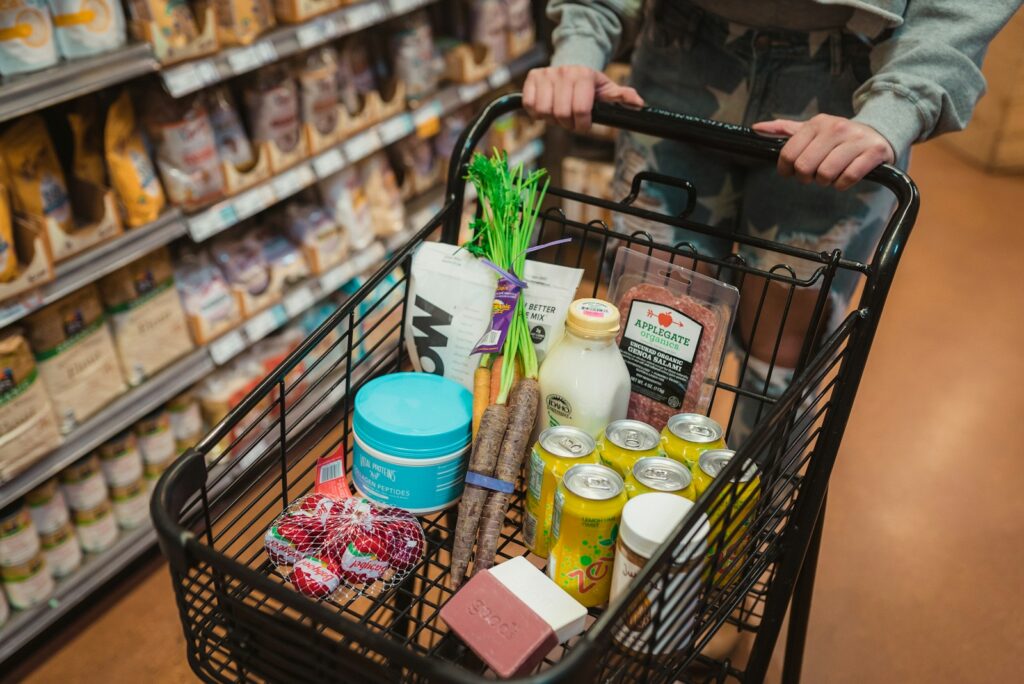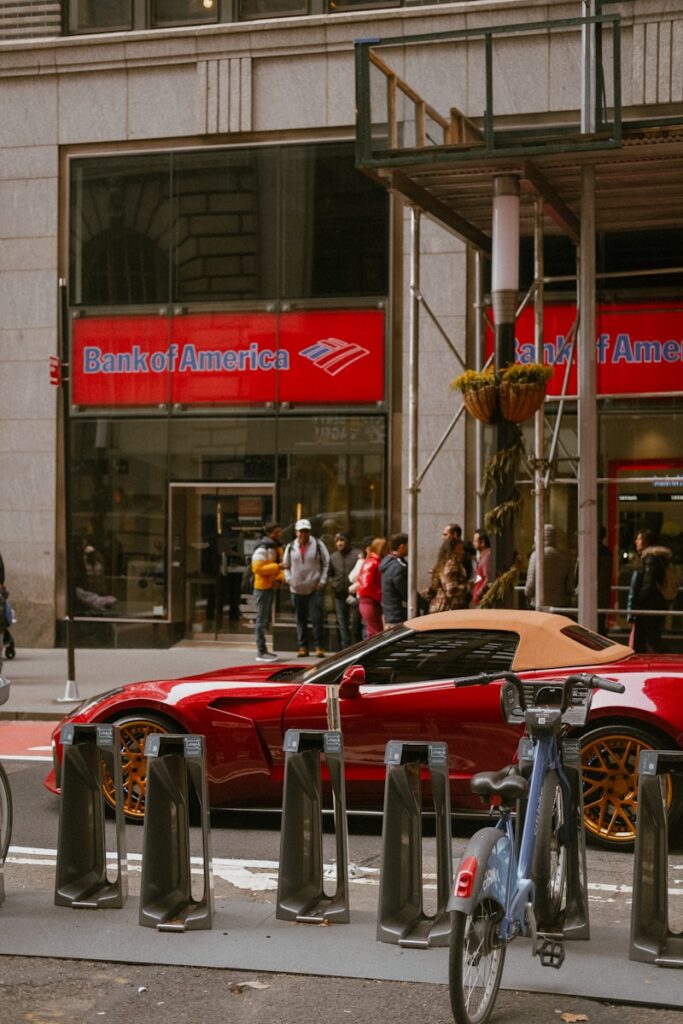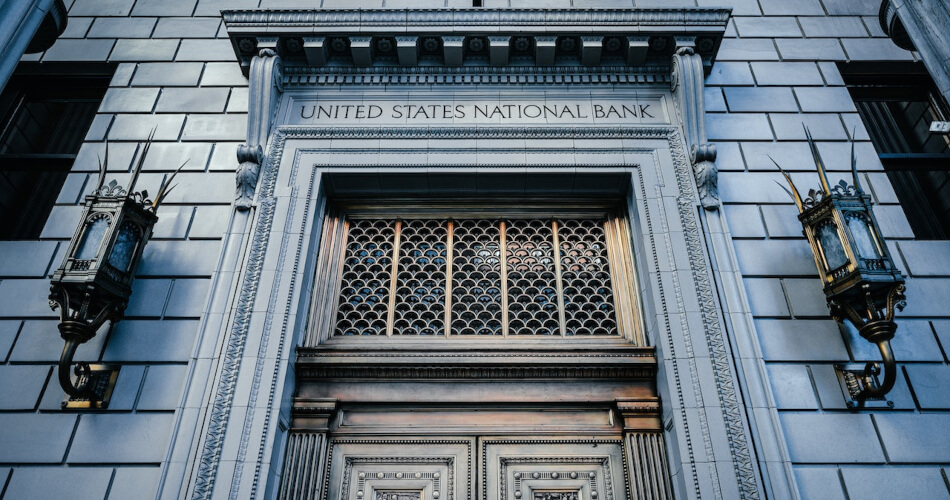
Fact-Deconstructing Viral Closure Lists: From Walmart Rumors to Data Truth
In the era of social media, viral lists claiming mass store closures across the U.S. have become a common spectacle, often laden with political undertones. From Walmart to local banks, these posts paint a dire picture of economic collapse, suggesting a deliberate downturn under current leadership. Yet beneath the sensational headlines lies a far more complex reality—one shaped by shifting consumer habits, corporate strategy, and long-term industry trends.
Take the March 2024 claim that Walmart was shuttering 23 stores in “blue” states: a Walmart spokesperson swiftly debunked the number, while actual reports showed six closures across both red and blue states. This inconsistency highlights a key truth: while some closures occur, they’re rarely the result of a single factor—let alone a political agenda—and often coincide with new store openings or strategic pivots.

Time-Dimension Trap of Retail Closures: Misreading Across Pandemic to Digital Shift
Party City closing 24 stores (mainly blue)? True that they’ve closed some stores, but reporting from May 2023 mentioned over 30 closures across both red and blue states. Reasons cited included struggles since the pandemic onset, lagged sales during lockdowns, supply-chain disruptions, and helium shortages – a far cry from a simple economic or political explanation.
Big Lots closing stores in California and Colorado? Outdated news from January 2023. The context mentions they opened 50 new stores in 2022 while closing a “similar or slightly higher” number, often due to selling sites or underperforming locations. Reasons included high inflation hitting their primary low-income customer base hard, leading them to delay buying non-essential items.
Burger King closing 400 stores? Outdated news from May 2023. Crucially missing context: Burger King U.S. reported sales rose by 8.7 percent despite the closures. More recent reports in February 2024 indicated Burger King exceeded expectations for profitability in 2023. Again, a nuanced picture, not simple decline.
Read more about: Retail’s Reckoning: How Store Closures Are Reshaping America’s Shopping Landscape

Best Buy closing 20 stores? A March 2024 report stated Best Buy was closing 24 stores this year and planned another 10-15 next year. The article provided context: they are closing larger stores to open smaller ones in markets without a physical presence – a strategic evolution. Previous closures were also noted during Trump’s administration, linked to the pandemic-accelerated shift to online shopping.
Boston Market closing 27 stores? Misleading. This occurred in August 2023, but the closures in New Jersey were *temporary*, ordered by state officials due to allegations of labor law violations. The stop-work order was lifted the following month, and the restaurants were reopening.
Kmart only having 2 stores left? True. But the context rightly points out the downfall of Kmart is a long-standing story familiar to most Americans, unrelated to recent presidents.
Read more about: The Retail Reckoning: How America’s Store Closures Reveal a Changing Consumer Landscape

Sears closed all but 22 stores? Unclear where this number came from. Sears filed for bankruptcy in 2018 (under Trump), and as of October 2023, only 12 locations remained. Another claim in the viral list that didn’t hold up to scrutiny.
Regal Cinemas closed 429 movie theaters? The context could not source this number. Regal’s owner filed for bankruptcy in September 2022 following the pandemic’s impact. As of late 2023, Regal operated 428 theaters. Reasons for theater closures cited include the pandemic fallout and increased entertainment options at home.
Kroger grocery chain closed 413 stores? False. This number relates to a merger. In September 2023, Kroger and Albertsons announced they would *sell* over 400 stores to another company as part of their proposed $25 billion merger, not close them outright.
Read more about: Retail Shift: Key Store Closures Expected Across the US in 2025 and Beyond

The Multidimensional Truth of Retail Closures: From Pandemic Legacy to Digital Pivot
The bank closures listed also required closer inspection. U.S. Bank closing 23 branches? Had some truth. Its parent company closed 221 branches in 2023, partly due to integrating a prior acquisition and an effort to “reduce expenses and reinvest… in their digital capabilities.” It’s a trend tied to banking strategy shifts towards digital, not just economic hardship.
Wells Fargo closing over 60 branches? Also had some truth. Wells Fargo closed 249 branches in 2023, cited as due to “consistent declines in teller transactions and other kinds of in-branch business.” Again, reflecting changing customer behavior (digital banking) impacting physical branches.
Capital One closing 50 branches? Outdated news from 2019 (under Trump). As with the viral post’s likely reliance on simple search results without reading the articles, it seems the list’s author didn’t check the date or context.

Bank of America closing 20 branches? True news from 2023 involving Bay Area locations. Further reporting suggested Bank of America had plans for over 100 closures in 2023 and more in 2024. This is true information, but presented in the viral post without the broader context of banking trends.
So, what does this deep dive into the viral list tell us? The person who originated it likely did minimal research or actively sought to promote inaccurate information. It’s a poorly constructed list, often outdated, misleading, and ultimately unreliable, especially the attempt to link everything to a specific political period or “blue states.” Only a quarter of the listed businesses even included the “mainly blue” parenthetical remark.
Beyond the viral list, the broader discussion around retail theft remains significant. Retailers are taking action: locking merchandise, adding security, scaling back self-checkout, and rethinking store layouts. Legislative efforts are also underway to address organized retail crime and online platforms used by resellers.

Double-Edged Sword of Anti-Theft: Balance Paradox of Security vs Experience
However, these security measures aren’t without consequence. Locking up products like makeup or baby formula can deter shoppers. One survey found almost a third of shoppers said locked-up products hurt their perception of a store, and nearly half said they ended up buying elsewhere. It’s a tricky balance for retailers.
And while theft is a real pressure point, particularly organized retail crime, the data is fuzzy. The most cited figure comes from a National Retail Federation survey on “shrink,” which is much broader than just external theft, including employee theft and errors. While the dollar value of shrink was estimated high ($112 billion in 2022), linked partly to record sales, the percentage of sales affected by shrink (1.6% in 2022) hasn’t changed dramatically in the last decade.
Some analysts even surmise that retailers might use crime as a convenient explanation for other financial pressures, such as underperforming locations, shoppers tightening budgets due to inflation, or issues managing inventory. It’s a multi-faceted issue where theft is one factor among many, including the ongoing shift to online shopping that has been impacting brick-and-mortar stores for years, global inflation, and the lingering financial effects of the COVID-19 pandemic.
Ultimately, the story of store closures in America isn’t a simple political talking point or a sign of a single, sudden collapse. It’s a complex narrative driven by a confluence of factors: changing consumer habits, strategic business decisions, technological shifts (hello, online banking and shopping!), inflation, and yes, crime.
Read more about: Retail Giants Rethink Checkout: The Evolving Story of Walmart and Self-Service

Navigating this landscape requires looking beyond easily shareable lists and digging into the specifics for each company. It’s a dynamic retail environment, constantly adapting to new challenges and opportunities, a far more intricate and fascinating reality than any viral post could possibly capture.
The narrative of retail and bank closures is not a tale of sudden collapse but a story of evolution. While challenges like theft, inflation, and post-pandemic shifts strain businesses, the idea of a nationwide “closure crisis” tied to political leanings crumbles under factual scrutiny. Brands from Starbucks to Home Depot are opening more stores than they close, balancing digital innovation with physical presence.
As consumers and informed citizens, our role is to demand context over clickbait. The next time a closure list floods your feed, ask: When was this news published? Does the company’s strategy explain it? Are openings and digital shifts being ignored? In a world where information spreads faster than understanding, critical thinking remains the antidote to oversimplified narratives—because the real story of retail in America is too complex, and too important, to be reduced to a viral list.
Read more about: The Hidden Cost of ‘Appreciation’: Why Empty Gestures and Low Pay Lead to Expensive Exits
Related posts:
‘Build Back Better’ Post Lists US Store Closings Supposedly Under Biden. Is It True?
Retailers howled about theft last year. Why not now?
Walmart CEO John Furner reveals his ‘garden shed’ approach to problem-solving as retailer fights store closure bloodbath



